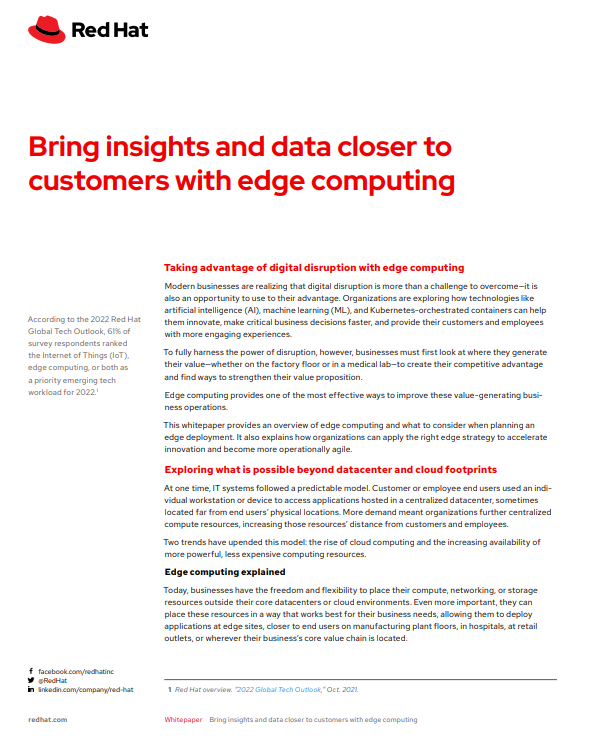Most Docker container images have critical flaws
Developers must act appropriately to prevent further spread of malware


Over two million container images hosted on the Docker Hub repository harbor at least one critical vulnerability, according to new research.
In an analysis carried out by cyber security firm Prevasio on four million image containers, over half (51%) contained at least one critical vulnerability.
The research also found incidents of container images carrying embedded malware. It found 6,432 malicious or potentially harmful containers, representing 0.16% of all publicly available images at Docker Hub.
“Our analysis of malicious containers also shows that quite a few images contain a dynamic payload. That is, an image in its original form does not have a malicious binary. However, at runtime, it might be scripted to download a source of a coin miner, to then compile and execute it,” said Sergei Shevchenko, CTO at Prevasio.
In its report, Prevasio said if a developer takes a shortcut by fetching a pre-built image instead of composing a new image from scratch, there’s a viable risk that such pre-built images might come with a Trojan installed. If such an image ends up in production, the attackers may potentially access such containerized applications remotely via a backdoor.
Mark Bower, senior vice president at Comforte AG, told IT Pro that platforms like Kubernetes enable immense application delivery power. However, the built-in security controls reflect classical data-at-rest and transport encryption, perimeter, and access control-based security.
“While these controls are important, the last decade has seen leading enterprises and data processors shift towards data-centric over perimeter controls to combat advanced malware, ransomware and insider risk to sensitive data,” Bower said.
Sign up today and you will receive a free copy of our Future Focus 2025 report - the leading guidance on AI, cybersecurity and other IT challenges as per 700+ senior executives
“Fundamentally, to thwart the variations of malware and attacks from misconfiguration or API exploitation, a data-centric approach is vital even with advanced container and app orchestration ecosystems to avoid data compromise or attacks that can create havoc for data-hungry enterprises depending on them.”
Tim Mackey, principal security strategist at the Synopsys CyRC (Cybersecurity Research Centre), told IT Pro that when selecting an image from Docker Hub, a development team is implicitly stating that they trust the security practices of the author of that container image.
“Such implicit trust is risky from a security perspective, which is why many organizations are now creating hardened container images where the image hardening process is managed by a dedicated team skilled in operating system hardening which is separate from the core development team.
"These hardened images are then pushed to an internal registry and policies are defined that only allow images originating from hardened images in that internal registry to execute in a production cluster,” Mackey said.
Rene Millman is a freelance writer and broadcaster who covers cybersecurity, AI, IoT, and the cloud. He also works as a contributing analyst at GigaOm and has previously worked as an analyst for Gartner covering the infrastructure market. He has made numerous television appearances to give his views and expertise on technology trends and companies that affect and shape our lives. You can follow Rene Millman on Twitter.
-
 Google is scrapping its dark web report feature
Google is scrapping its dark web report featureNews Google said while the dark web report feature offered “general information”, the tool didn’t provide “helpful next steps” for users potentially impacted by a breach.
-
 AI means you're probably going to need bigger developer teams
AI means you're probably going to need bigger developer teamsAnalysis Software developers may be forgiven for worrying about their jobs in 2025, but the end result of AI adoption will probably be larger teams, not an onslaught of job cuts.
-
 VMware enhances Sovereign Cloud services in a push for easier compliance
VMware enhances Sovereign Cloud services in a push for easier complianceNews Updates to existing services VMware Tanzu and VMware Aria are revealed alongside a new Sovereign Cloud Initiative
-
 Bring insights and data closer to customers with edge computing
Bring insights and data closer to customers with edge computingWhitepaper How to innovate, make faster decisions and provide engaging experiences
